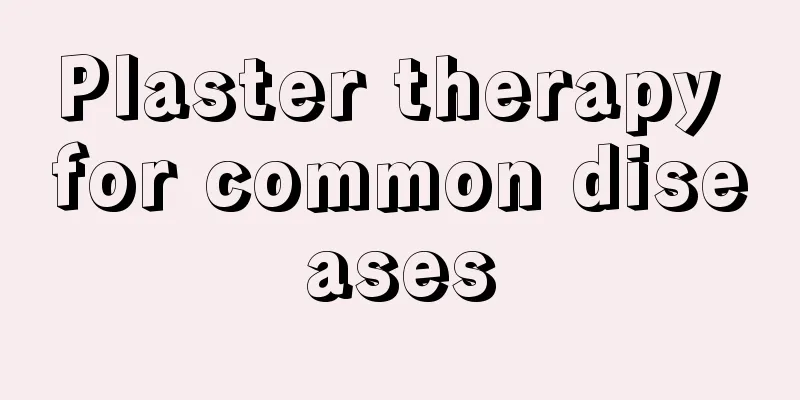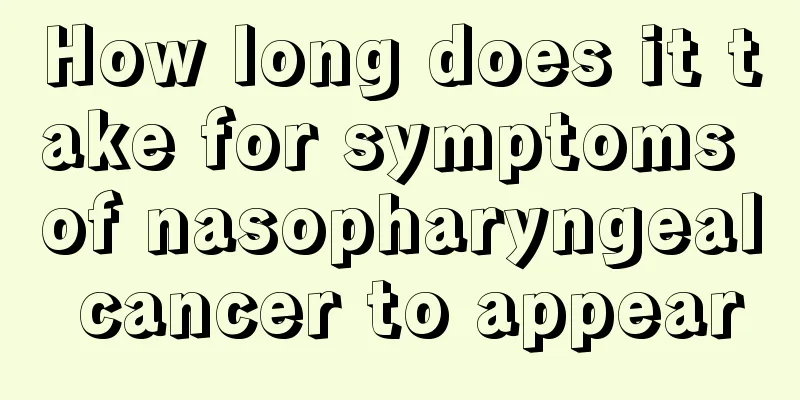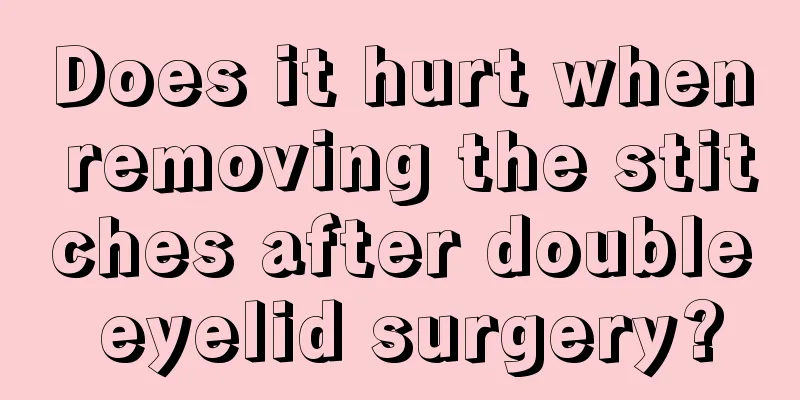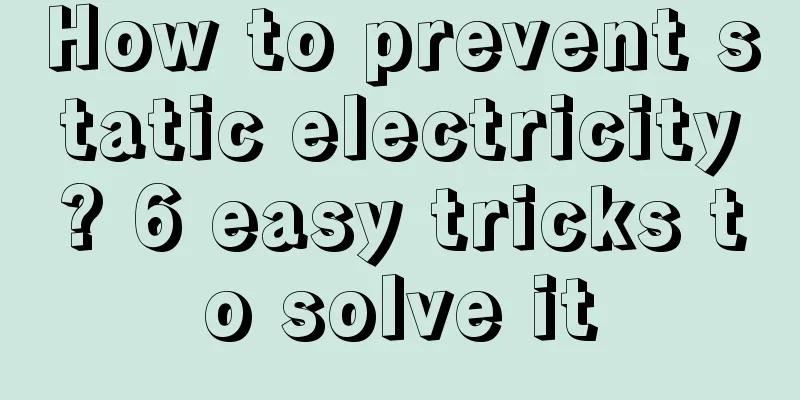Plaster therapy for common diseases

|
We all know that when we feel pain in the body, we can apply some plasters to relieve pain, but in fact, there are many things to pay attention to when applying plasters. We can apply it on the painful part or on a certain acupuncture point. When applying plasters on acupuncture points, many diseases can be treated. Plasters are divided into cold compress plasters and hot compress plasters. So what are the plaster treatments for common diseases? 1. The efficacy of acupoint application therapy The theoretical basis for the health-care effects of acupoint patch therapy on the human body is "regulating meridians and balancing yin and yang" because the twelve meridians belong to the internal organs and are connected to the limbs. At the same time, they can circulate qi and blood, nourish yin and yang, moisten the tendons and bones, benefit the joints, and warm the skin. Therefore, regulating the deficiency and excess of the meridians can cure all diseases. Acupoint patch therapy is a complex intervention therapy in traditional Chinese medicine. Its mechanism of action is relatively complex and is a reflection of the combined effects of multiple factors including meridian acupoints and drugs. Xu Lingtai, a famous doctor in the Qing Dynasty, once said: "Use plaster to block the qi, so that the medicinal properties can enter the skin from the pores, open the meridians and collaterals, or lift it out, or attack and disperse it. It is more powerful than taking medicine. This is a wonderful method." Wu Shangxian of the Qing Dynasty said, "... the skin and fur are separated but the pores are open, and the internal organs are not seen but directly reach the internal organs." The main mechanism of plastering is to directly act on the diseased area (external treatment for external cases) through the smell of different medicines, or enter the internal organs through the meridians until the diseased area (external treatment for internal cases). There are two aspects: 1. Effects of acupoints Like acupuncture therapy, the application of medication is based on the theory of meridians. According to the meridian theory of traditional Chinese medicine, meridians have the function of "internal connection with internal organs, external connection with limbs, preventing the onset of disease or alleviating the severity of the disease, communicating the inside and the outside, and penetrating the upper and lower parts". They are the channels for the circulation of qi and blood in the human body, and the acupoints on the meridians are the intersection points of the meridian qi circulation pathways. Acupoints are closely related to the internal organs through the meridians, and can reflect the physiological functions and pathological states of the various internal organs of the human body. At the same time, they are also effective stimulation points for regulating the qi and blood, yin and yang of the internal organs. No matter the disease comes from outside or from inside, it is inseparable from the meridians. Using acupoint patch therapy, the medicine is applied on the skin acupoints, acting on the corresponding skin parts of the acupoints on the body surface. The medicinal gas penetrates the meridians and acts on the internal organs through the conduction of the meridians. Through the stimulation of the medicine, it can correct the excessive or insufficient state of yin and yang in the internal organs, improve the circulation of qi and blood in the meridians, and play a preventive and health-care role of regulating the internal organs, strengthening the body and eliminating evil. 2. Pharmacological effects Chinese medicine treats diseases by two methods: internal treatment and external treatment, both of which are guided by the theory of viscera and meridians. Internal treatment can cure internal and external diseases, and external treatment can also cure internal and external diseases, but the routes of administration are different. Drugs for internal use must be absorbed through the digestive tract before they can be transported throughout the body to exert their effects. For external treatment, the drugs are applied to the acupuncture points on the body surface. The stimulation can dilate local blood vessels, accelerate blood circulation, promote local transdermal absorption of drugs, and allow the drugs to pass through the skin and pores from the surface to the inside of the body. Through the circulation of meridians, they can exert a stronger pharmacological effect. Just as it is said in "Li Liao Pian Wen": "It cuts into the skin, penetrates into the flesh, absorbs people's breath, and blends into the exudate", the smell of the medicine can also penetrate the skin directly into the meridians, be absorbed into the body, and melt into the body fluids. It has the wonderful effect of consistency between the inside and the outside. According to the meaning of its drug combination, it can dispel evil, remove toxic qi, and suppress evil qi from the inside; it can support the positive energy, unblock the Ying and Wei, regulate the rise and fall, regulate the yin and yang, and calm the five internal organs, so as to provide the source of transformation. Therefore, although the methods of administration of internal and external treatments are different, they have the same effect on the health regulation of the body. Acupoint patch therapy is an organic combination of traditional Chinese medicine acupuncture health care therapy and drug conditioning therapy. Its effect is not achieved by the simple effect of a certain factor. In essence, it is a complex intervention measure that integrates meridian acupoints and drug effects. Its effect on the human body is mainly manifested as a comprehensive effect. There are both drug stimulation of acupoints and the effect of the drugs themselves. Various therapeutic factors influence and interact with each other. Through the stimulation of acupoints by drugs, the meridian qi is stimulated and the function of meridians is mobilized, thereby better playing the role of overall health care such as regulating the five internal organs, promoting qi and blood, and harmonizing yin and yang. Depending on the medicines used and the acupoints selected, acupoint plastering can not only expel evil spirits and frustrate the five depressed qi, but also have the effect of replenishing the source of qi. It can also open up the Ying and Wei, regulate ascending and descending, regulate yin and yang, and calm the five internal organs, so as to support the positive energy and enhance the body's disease resistance. Therefore, the health-preserving and health-care effects of acupoint plastering therapy on the human body are mainly reflected in three aspects: strengthening the positive energy and eliminating evil spirits, coordinating yin and yang, and restoring ascending and descending to normal. |
>>: How often should sterile dressings be changed
Recommend
Why is Botox afraid of hot compresses
Nowadays, many girls who love beauty will try som...
What to do if your nose is dry
A dry nose can cause some other types of diseases...
What are the main symptoms of late stage breast cancer?
The symptoms of breast cancer in the early stage ...
What are some teas that nourish the stomach and strengthen the spleen?
There are many ways to nourish the stomach and st...
What kind of dance should fat people learn
In this age where thinness is considered beautifu...
What should I do if the bottom of the rice cooker is burnt?
The rice cooker is a daily necessity in every hou...
Youpin smart body fat scale?
Most people may not have heard of books about bod...
Will it have any effect if I get a manicure once during pregnancy
Modern women have extremely high demands on thems...
What to do if the stool is always unformed
Loose stools are a problem that many people have,...
Six commonly used examination and diagnosis methods for bladder cancer
Bladder cancer is a common tumor that mainly occu...
What causes insomnia and early awakening
Insomnia and early awakening may be caused by som...
How can platelets be lowered
Platelets are very important substances in the bo...
How to make ice cream?
Everyone likes to eat ice cream, and now there ar...
Can patients with malignant ovarian cancer exercise?
The increasing pressure from work and life has ca...
What is the cause of headache, weakness in limbs and body aches
Headaches, soreness and weakness in the limbs wil...









